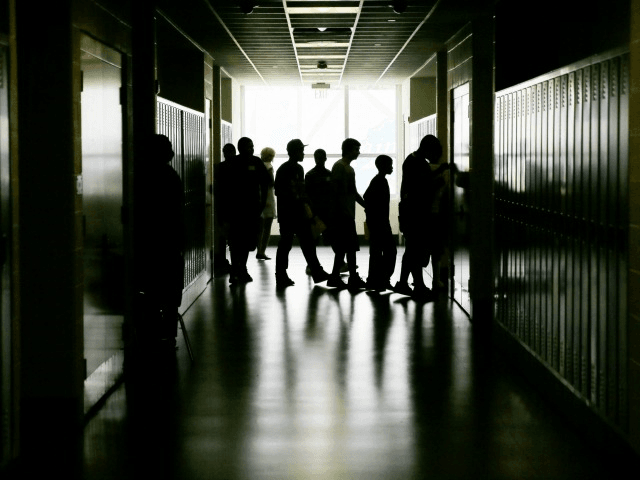U.S. high school students are earning more A’s in the classroom, but declining in scores on the SAT achievement test, a clear sign of grade inflation, say experts.
In a study of the data, Michael Hurwitz of the College Board – which owns the newly designed, Common Core-aligned SAT – and Jason Lee, a doctoral student at the University of Georgia’s Institute of Higher Education, found that nearly half of high school graduates in 2016 are A students, even though the average SAT score dropped from 1,026 to 1,002 on the 1,600-point scale.
As USA Today reports, Hurwitz referred to the hike in the A average as “really stunning,” adding that an A is now “the modal high school grade,” a clear indication that grades are being inflated.
The researchers looked at the academic transcripts of high school graduates from 1998 to 2016, and found the average grade point average (GPA) rose from 3.27 to 3.38. The average SAT score, however, declined.
Additionally, data published in April from the National Center for Education Statistics (NCES) finds that the average public high school graduation rate in the U.S. is above 83 percent, though only 56 percent of college students graduate with a bachelor’s degree within six years, and only 29 percent who enter two-year community colleges earn an associate’s degree within three years, according to a study by the Harvard Graduate School of Education.
The current study, however, is the first to examine high school GPA with SAT scores. Past research has focused on the relationship between GPA and the National Assessment of Educational Progress (NAEP) – also known as the Nation’s Report Card.
As Breitbart News reported in April of 2016, only about 37 percent of U.S. 12th- graders are prepared for college-level coursework in mathematics and in reading, according to the 2015 NAEP results.
Stuart Rojstaczer, formerly of Duke University and founder of GradeInflation.com, notes on his website that he has been examining the trend of grade inflation since 2003 when he wrote in an op-ed at the Washington Post:
A’s are common as dirt in universities nowadays because it’s almost impossible for a professor to grade honestly. If I sprinkle my classroom with the C’s some students deserve, my class will suffer from declining enrollments in future years. In the marketplace mentality of higher education, low enrollments are taken as a sign of poor-quality instruction. I don’t have any interest in being known as a failure.
Parents and students want high grades. Given that students are consumers of an educational product for which they pay dearly, I am expected to cater to their desires not just to be educated well but to receive a positive reward for their enrollment. So I don’t give C’s anymore, and neither do most of my colleagues. And I can easily imagine a time when I’ll say the same thing about B’s.
Rojstaczer says that, until the Viet Name war, C was the most common grade in colleges and universities. He writes on his website:
Faculty attitudes about teaching and grading underwent a profound shift that coincided with the Vietnam War. Many professors, certainly not all or even a majority, became convinced that grades were not a useful tool for motivation, were not a valid means of evaluation and created a harmful authoritarian environment for learning. Added to this shift was a real-life exigency. In the 1960s, full-time male college students were exempt from the military draft. If a male college student flunked out, chances were that he would end up as a soldier in the Vietnam War, a highly unpopular conflict on a deadly battlefield. Partly in response to changing attitudes about the nature of teaching and partly to ensure that male students maintained their full-time status, grades rose rapidly. When the war ended so did the rise in grades. Perhaps the attitude shift of many professors toward grading needed the political impetus of an unpopular war to change grading practices across all departments and campuses. I call this period the Vietnam era of grade inflation.
Rojstaczer states that grades began to rise again in the 1980s, when students and parents began to be seen as “consumers” of education:
By the late 1980s, GPA’s were rising at a rate of 0.1 points per decade (see top chart), a rate 1/4 of that experienced during the Vietnam era (the pace was so slow that until the 2000s it wasn’t entirely clear that it was a national phenomenon). A’s were going up by about five to six percentage points per decade. During that time, there was something else new under the sun on college campuses. A new ethos had developed among college leaders. Students were no longer thought of as acolytes searching for knowledge. Instead they were customers. Phrases like “success rates” began to become buzz phrases among academic administrators.
“Grades are a bit like currency, so it’s not surprising that there is a tendency for grades to inflate over time,” Rojstaczer told USA Today in June. “But students are inclined to not take school seriously when they know they can get a B or better with little or no work.”

COMMENTS
Please let us know if you're having issues with commenting.